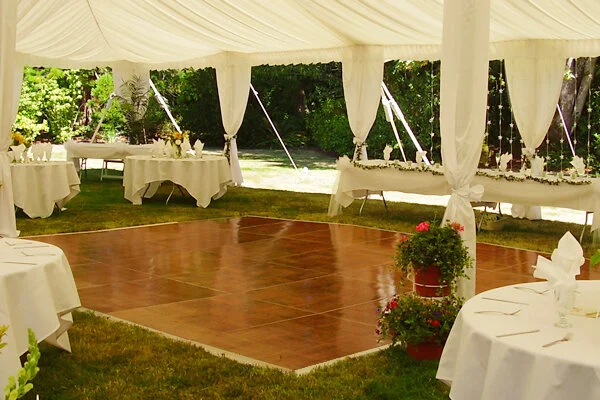Brightening Creativity Through Hue Principles within Illuminated Dancing Platform Designs
Brightening Creativity Through Hue Principles within Illuminated Dancing Platform Designs
Blog Article
Hue theory is an crucial aspect of design, especially as it relates to designing light-emitting diode dance floors. The interplay of colors can significantly influence the mood and energy of a venue. Through grasping how colors function together, designers can create an environment that enhances the total experience for participants. This piece examines the basics of hue theory and its application in light-emitting diode dance floor layouts.
The primary colors are red, blue, and golden. These colors cannot be made by mixing different hues combined. Secondary colors, such as emerald, tangerine, and violet, are created by mixing primary colors. Tertiary colors are formed by combining a main hue with a intermediate color. Understanding these basic relationships helps designers choose colors that complement one another and create a visually pleasing show. Mixing these hues on an light-emitting diode dancing surface can lead to dynamic and exciting outcomes that attract the attention of dancers.
Color temperature also plays a key part in design. Colors can be categorized as warm or chill. Hot hues, such as crimson, tangerine, and yellow, tend to elicit feelings of excitement and heat. In opposition, chill hues like blue, green, and purple often generate a calm and soothing environment. Creators can utilize these color values to set the mood for various kinds of events. For instance, a party environment may gain from hot colors that energize the crowd, while a further calm event might use cool hues to offer a calming influence.
In addition to color combinations and temperature, brightness and intensity are essential factors to consider. Brightness denotes to how bright or dark a color appears, while intensity indicates the intensity of a color. Vivid, intense hues can create click to read a lively and energetic atmosphere, perfect for dancing floors. On the other hand, gentler, lower saturated hues can create a more muted atmosphere. Through manipulating brightness and saturation, designers can draw focus to particular areas of the dancing floor or create visual pathways, leading dancers through the space.
Ultimately, it is essential to consider the emotional impacts of color in light-emitting diode dancing surface designs. Different hues can elicit various emotions and reactions. For instance, crimson is often linked with discover this passion and vitality, while blue can be calming and tranquil. Grasping these associations allows creators to tactically use colors to affect the actions of participants. By incorporating color principles into light-emitting diode dancing floor designs, designers can enhance the total encounter, rendering it memorable and enjoyable for all involved.